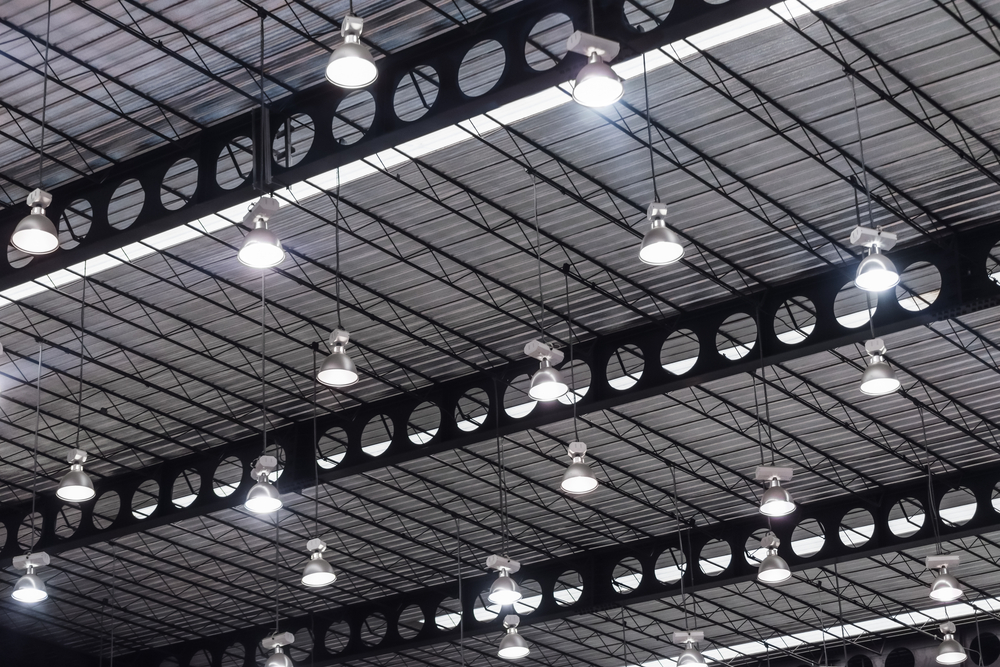People may still be buying black market incandescent light bulbs. But that market is currently almost burnt out.
Choosing bulbs now involves considering factors such as the type of bulb, brightness, color temperature, energy efficiency, and bulb shape. So let’s first take look at the major bulb types:
Bulb Type:
- Incandescent Bulbs: As stated above, these bulbs have become nearly obsolete. These are the traditional, less energy-efficient, shorter life span, and more expensive bulbs that produce a warm, yellowish light.
- Halogen Bulbs: These are similar to incandescent bulbs but slightly more efficient and longer-lasting. Often used in automobile lighting systems.
- Compact Fluorescent Lamp (CFL) Bulbs: CFLs are energy-efficient and last longer than incandescent bulbs. They provide various color temperatures and come in different shapes – the most common being curved tubes in the shape of a traditional light bulb as well as the long tubes used for commercial overhead lighting.
- Light Emitting Diode (LED) Bulbs: LEDs are highly energy-efficient, long-lasting, and versatile. They come in various shapes, sizes, and color temperatures.
Brightness (Lumens):
- Instead of relying on wattage to determine brightness, look at the lumens (lm) rating on the packaging. Higher lumens mean a brighter bulb.
- To replace a 60-watt incandescent bulb, choose an LED bulb with around 800 lumens, which provides a similar level of brightness.
Color Temperature (Kelvin):
- Color temperature indicates the warmth or coolness of the light.
- Lower Kelvin values (e.g., 2700K) provide warm, yellowish light similar to incandescent bulbs. These bulbs give a warm comfortable living room feeling.
- Higher Kelvin values (e.g., 5000K) produce cool, bluish-white light. A strong, yet somewhat harsh light suitable for close handwork kitchen activities, sanitary, and medical areas. Gives a clean, crisp bright light.
- Color temperature matters – Be sure to carefully choose a color temperature that suits the ambiance and function of the space or you will be running back to the store for exchanges.
Energy Efficiency (Wattage and Lumens per Watt):
- Pay attention to the energy consumption of the bulb. LED bulbs are the most energy-efficient and can provide the same or more light while using less energy. These lights run cooler to the touch for children.
- Look for the ENERGY STAR label or the Energy Efficiency Rating (EER) to identify efficient bulbs.
Bulb Shape and Base:
- Make sure the bulb’s shape and base match the fixture. Common base types include screw-in (Edison), bayonet, and pin.
- Different bulb shapes and styles can affect the distribution of light, so choose one that suits your needs. Lamp lights differ from floodlights that differ from recessed lights, etc.
Dimmability:
- If you plan to use the bulb with a dimmer switch, ensure it is dimmable. You don’t have to guess. Dimmable is indicated on the packaging. Not all LED and CFL bulbs are compatible with all dimmer switches. Incandescent dimmers are almost always incompatible with LED bulbs.
CRI (Color Rendering Index):
- CRI measures how accurately a light source displays colors compared to natural light. Look for bulbs with a CRI of 80 or higher for better color rendering.
Longevity and Warranty:
- LED bulbs typically have longer lifespans compared to other types of bulbs. Warranties on light bulbs? Yes they exist -check the manufacturer’s warranty for peace of mind especially when buying in large quantities.
Cost:
- Consider the upfront cost of the bulb and the long-term savings in energy consumption and replacement costs. LED bulbs, although initially more expensive, often offer the best value over time.
Do you remember the time when purchasing light bulbs for the home or office was a no-brainer. The LACOSTA team, due to all the variables mentioned above (and many more in commercial settings) makes careful selections when purchasing and installing commercial bulbs and lighting choices. LACOSTA managers collaborate with your staff to select the appropriate bulbs for your manufacturing and office areas. Inventory is carefully calculated to make sure that the right bulbs are in stock to provide timely replacements.


